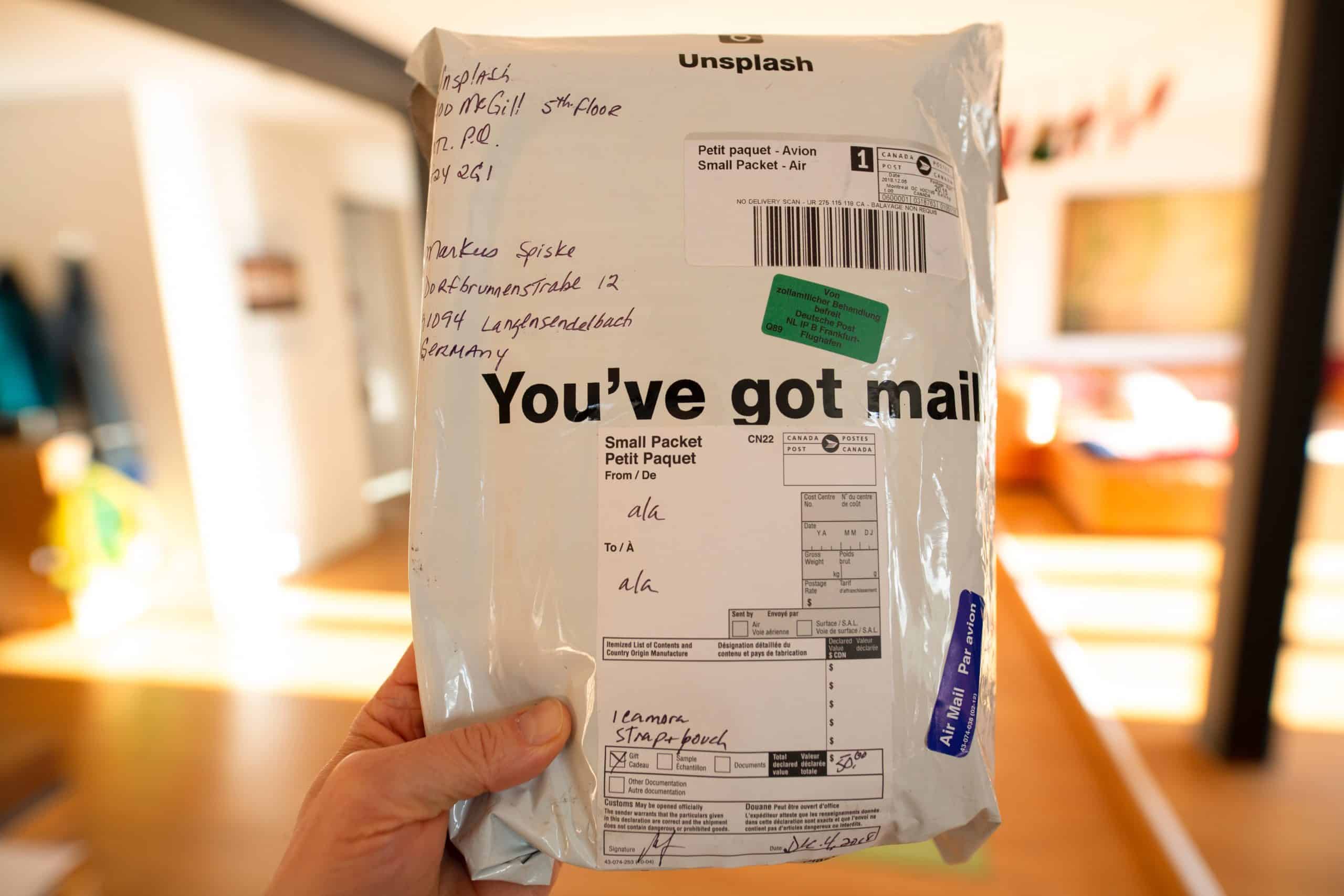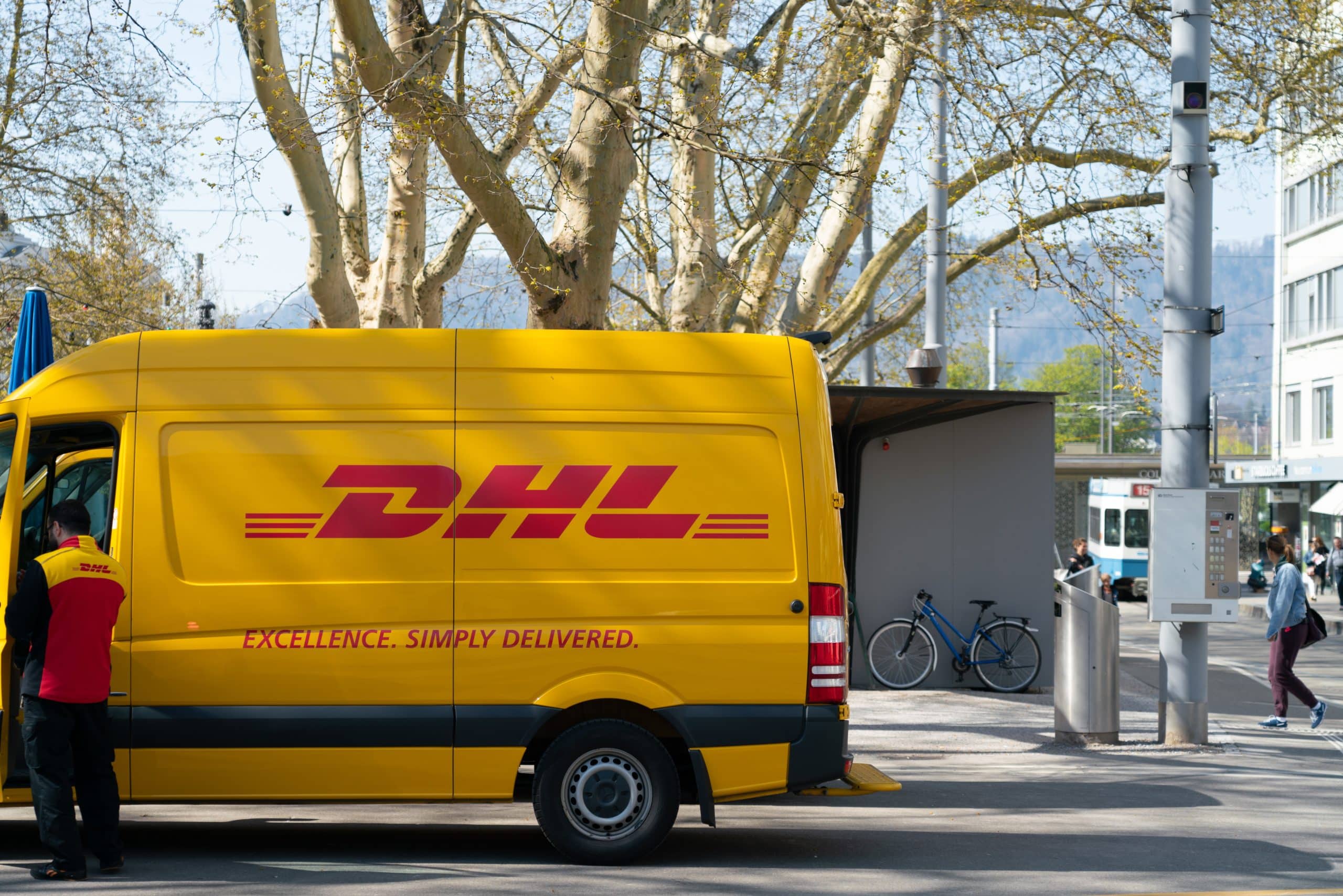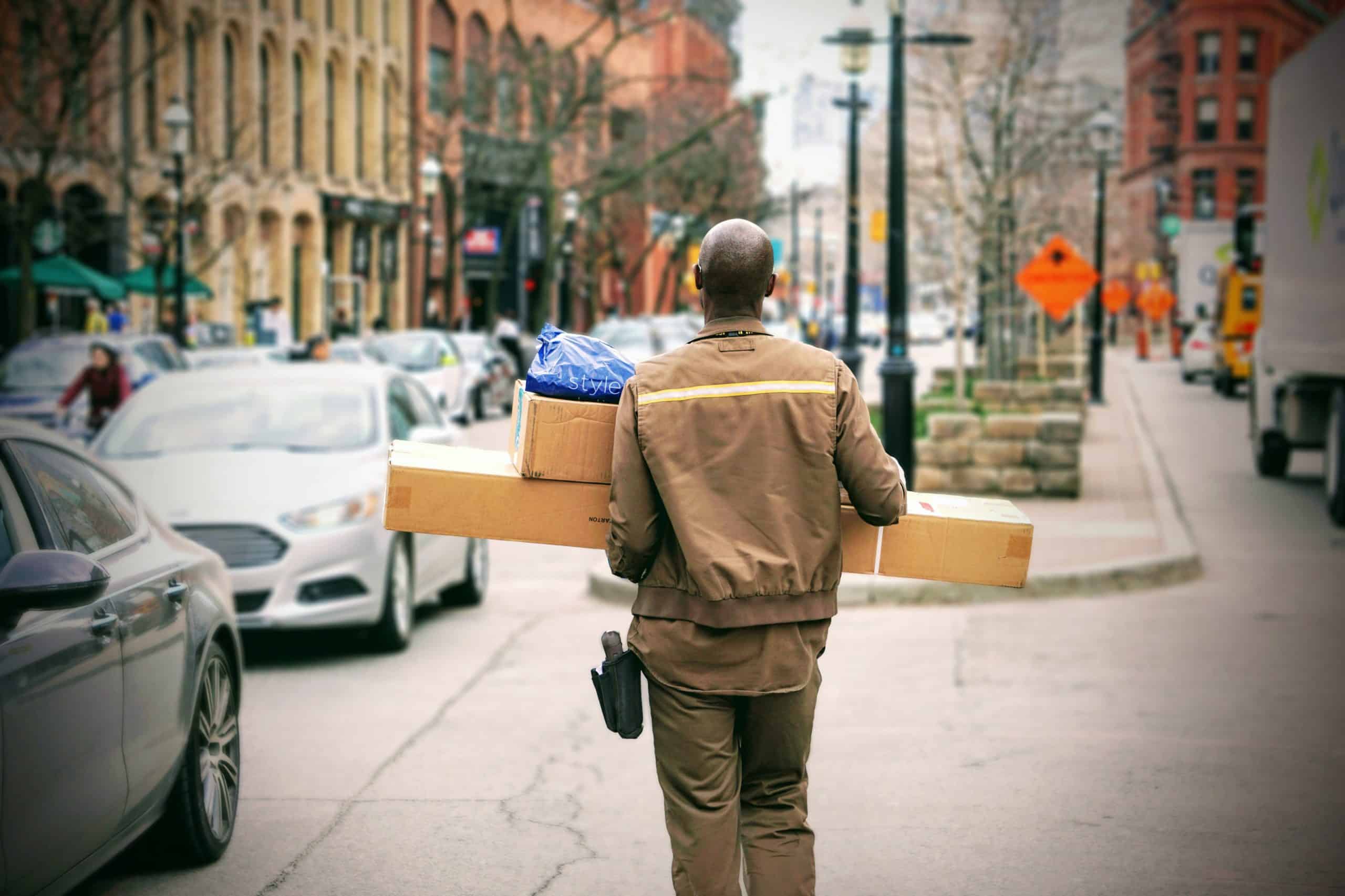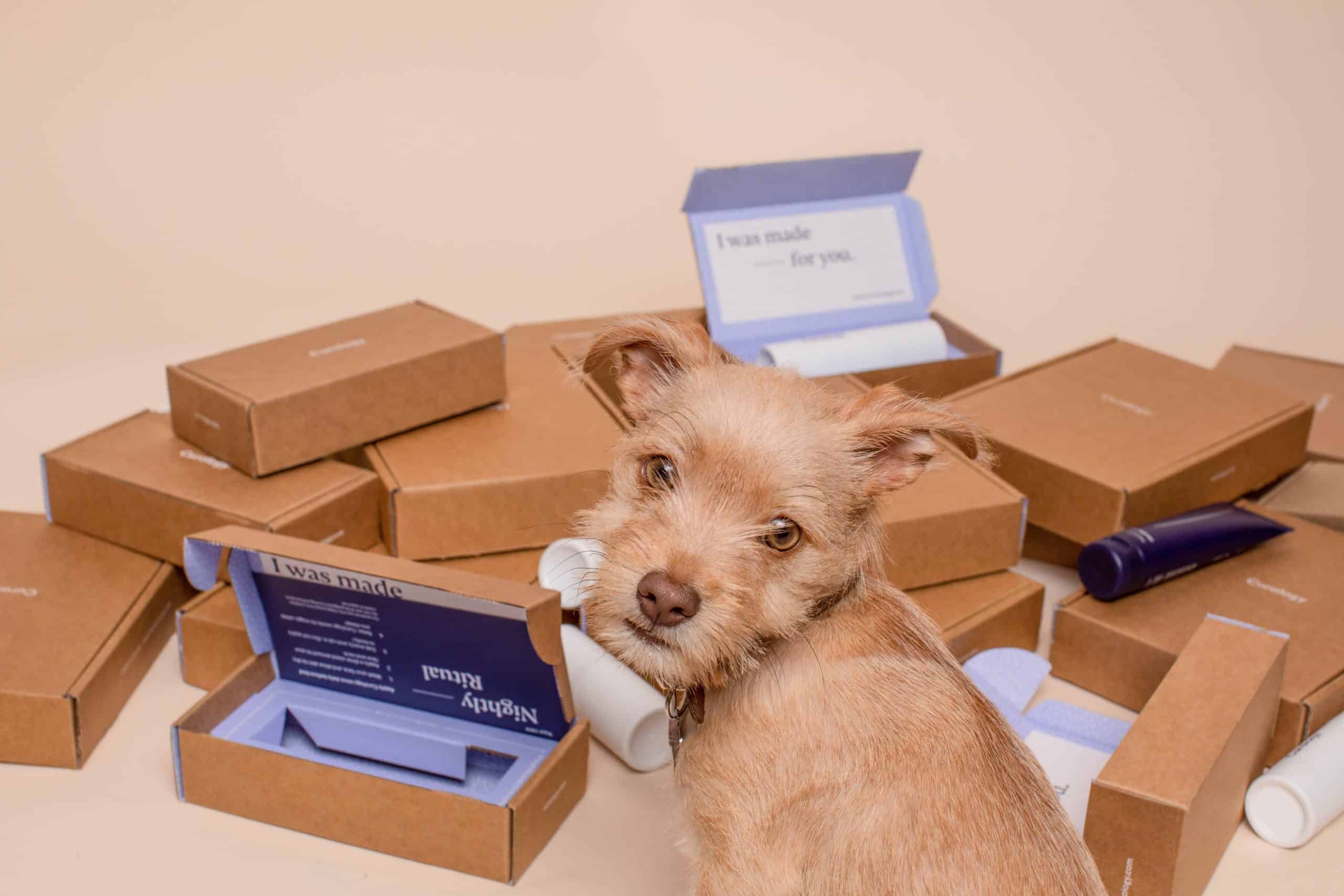In a digital-first world, customer experience is the new king. In 2012, close to 90% of consumers started their product search online. That number has only grown since. Today, most people have no choice but to shop digitally.
Imagine your customers navigating abundant product choices, being influenced by numerous sources, and having shorter attention spans.
As a brand, the shopping experience you provide your customers might be the difference between you and your competitors.
From product search to delivery solutions, every step of the shopping journey makes a difference.

AI for relevant and personalized customer experiences—at scale
According to Gartner, 81% of marketing executives expect to compete mostly or completely based on customer experience. In 2020, this year, 64% of CX leaders expect budgets to increase. This signals organizations finally understanding the business outcomes that customer experience delivers.
To deliver meaningful customer experience, brands are looking at personalization. And to do personalization right, retailers will spend heavily on AI and other digital tools.
By 2022, Juniper Research revealed that global retail spending on AI will grow to $7.3 billion per year from $2 billion in 2018.
Retailers are keen to know customer reactions to the products they purchased and the service they received. And they’ll use technology solutions to leverage these insights to improve customer experience—at scale.
4 delivery solutions that promise better shopping experiences
Retailers have many opportunities to delight shoppers throughout the customer journey. But delivery is a major pain point. Oracle reported that 13% of consumers would never order from a retailer again for late deliveries.
Consumers are open to different methods of delivery as long as it’s fast and cheap. And retailers know they have to focus on “faster shipping.”
How can retailers offer exceptional customer experiences from start to finish—especially when it comes to delivery? Let’s explore four promising delivery solutions.

1. Drones as a delivery solution
By 2026, Gartner reported that drones carrying out retail deliveries will reach more than a million, up from 20,000 today.
While drone delivery is not new, the adoption has been slow due to security, privacy, and regulations. However, some companies are already offering the service.
In China, DHL launched drone operations last year to address last-mile delivery challenges in urban areas. In Virginia, United States, Brugh Coffee became the first coffee provider to use drones to deliver coffee in April 2020.
Besides delighting customers with fast shipping, drones can also help retailers save on costs. According to Pedro Pacheco, a senior director analyst at Gartner, the operational costs of drones are at least 70% lower than a van delivery service.
2. Robots and electric pods for delivery
Robots have been in retail for a while, especially in day-to-day operations. We’re all familiar with the robots at Amazon fulfillment centers. Walmart also has cleaning and shelf-scanning robots in its stores.
It all started with food and groceries. Last year, Starship Technologies deployed electric pods to deliver food on college campuses. In healthcare, Nuro is currently testing prescription delivery with CVS Pharmacy.
Moving beyond medical supplies and meals, Yandex is slated to start helping deliver mail and small packages using its sidewalk robot.
Beyond reducing customers’ waiting time, retailers can use robots to gather and analyze data. This will add insights into optimizing operations and inventory management.
In fact, IBM and NRF found that 85% of retailers plan to use intelligent automation for supply chain planning by 2021. In the same period, 79% of retailers expect to use intelligent automation for customer intelligence.

3. Autonomous and semi-autonomous vehicles as delivery solutions
On-road testing of self-driving cars in the United States may have paused. But companies developing autonomous vehicles such as Pony.ai and Cruise have been delivering essentials during this time of crisis.
Showing a glimpse of what the future could look like, another scenario may include semiautonomous delivery trucks. McKinsey & Co. shared that these vehicles can follow and help the delivery staff reduce time to drive and park vans.
Massive adoption of driverless and semi-autonomous vehicles has the potential to transform last-mile delivery. Without working hours limitations and everything connected to the cloud, customers can have their orders on demand while having visibility into the entire process.
4. Parcel locker
In Finland, Posti is solving the pain points of shipping with Box. Occupying a physical space, Box is the largest parcel locker where customers can choose to receive their packages.
Since shoppers are picking up their online orders, Box has fitting rooms where customers can try on clothes they purchased. In case they want to return something, it also has packaging services on-site.
Other companies in the parcel lockers space, without the fitting rooms, include China’s Hive Box and Sweden’s PostNord.
In last-mile delivery, shoppers often encounter miscommunication issues, unpredictable status updates, and frustrations when they have to return packages.
Parcel lockers can be a convenient option because they provide more control to customers. Shoppers can pick up their online orders when it’s the best time for them. And with Posti’s Box, the return process is already available.

Consistent customer experience throughout the buying journey is a non-negotiable and the right technologies can make it happen
Overall, retailers have various options to keep the customer experience consistent from product search to delivery.
Shoppers today want personalized interactions anywhere, anytime. So, it’s critical for retailers to connect them with products they are looking for quickly and easily.
Combining these promising delivery solutions and approaches with a robust product search and intelligent recommendation technologies, you can deliver seamless shopping experiences that your customers will keep coming back for.